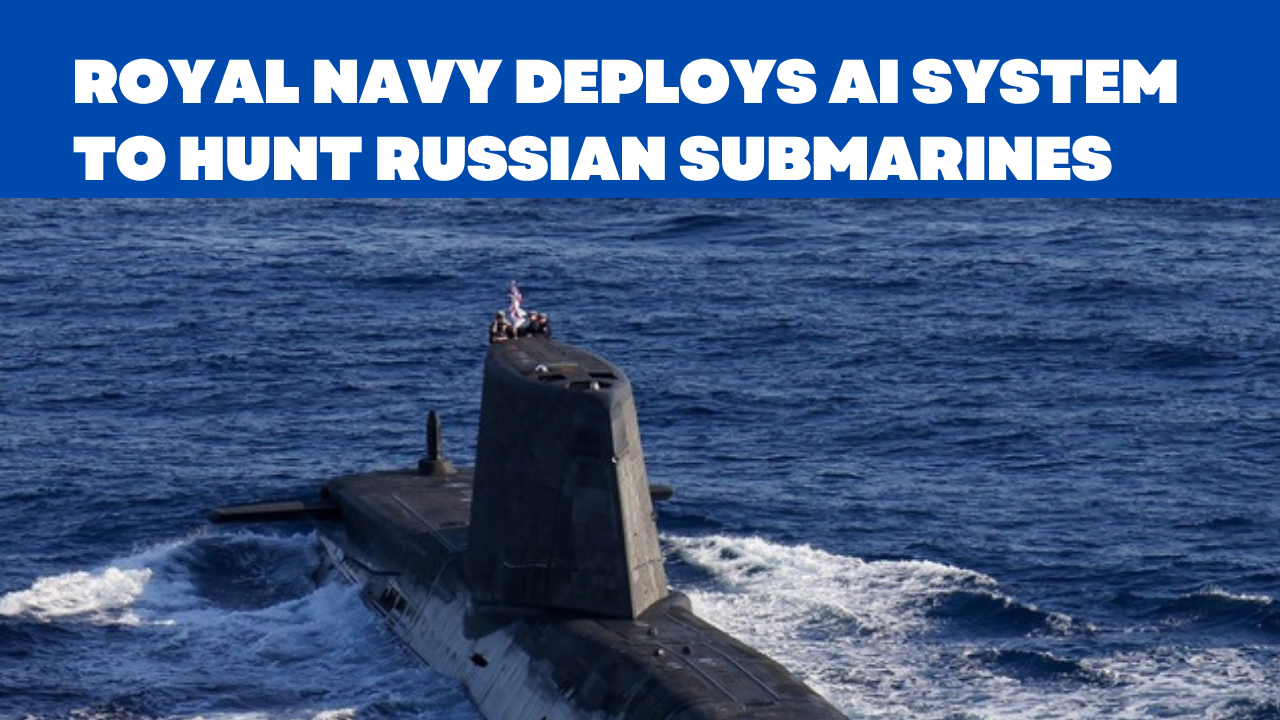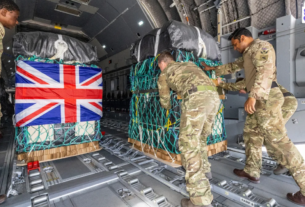In a major leap for undersea warfare, the Royal Navy has rolled out a cutting-edge AI-powered system designed to detect and track hostile submarines including Russian vessels with unmatched precision and speed.
The new system, called Lura, has been developed in partnership with European defense tech firm Helsing and marks a critical milestone in Britain’s maritime defense strategy. It leverages 56 years of archived acoustic data to train artificial intelligence capable of recognizing distinct underwater signatures in real time.
“Lura is the future of anti-submarine warfare,” said Rear Admiral James Hargrave. “It gives us eyes and ears in the deep, at scale and at speed.”
Unlike traditional sonar systems, Lura operates through autonomous underwater gliders—self-piloted, torpedo-shaped vessels that can patrol oceans for up to three months without surfacing. These gliders analyze ambient acoustic data to differentiate between vessels, even those with nearly identical profiles.
The gliders form a network of silent sentinels, dubbed a “subsea constellation,” capable of surveilling strategic chokepoints like the GIUK gap (Greenland,Iceland,UK) a historic NATO line of defense against Soviet, now Russian, submarines.
This AI deployment comes amid growing alarm over Russian naval activity near undersea communications cables, which carry 97% of the world’s internet and financial traffic. Intelligence reports suggest Russia has escalated efforts to map and potentially disrupt these cables, prompting renewed urgency in safeguarding maritime infrastructure.
The Lura system requires minimal human intervention, allowing the Royal Navy to respond to threats in real time while significantly reducing operational costs. Officials say the affordability and scalability of the system allow hundreds of gliders to be deployed, creating an invisible surveillance barrier across key maritime zones.
Military analysts call the move a “technological game changer”, noting its strategic value not only for the UK but also for NATO allies.
“It’s like turning the ocean into a listening device,” said Dr. Clara Irvine of the UK Defence Science and Technology Laboratory. “What was once blind territory is now observable and defensible.”
The Royal Navy plans to expand Lura’s capabilities in the coming months, integrating it with existing surface and aerial platforms to create a multi-domain defense matrix.




